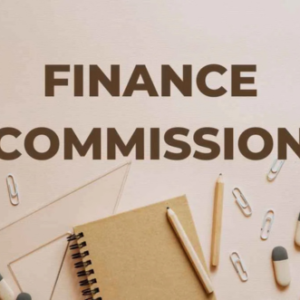Personal indemnity insurance (PII) is a type of coverage that extends to individuals and professionals, such as consultants, freelancers, and service providers. It safeguards against lawsuits brought by clients or third parties alleging professional misconduct or errors. This insurance assists in covering legal fees, including attorney expenses and settlement costs, in case of liability claims related to financial losses caused by your professional services or advice.
Key Factors Affecting the Cost of Personal Indemnity Insurance
Numerous factors determine how much you’ll pay for personal indemnity insurance. A clear understanding of these factors will help you estimate the cost of coverage and make informed decisions when securing a policy:

1. Profession and Industry :
Your profession and industry significantly influence personal indemnity insurance costs. High-risk professions or those involving complex tasks often result in higher premiums. For instance, healthcare professionals, financial advisors, and lawyers may face elevated costs due to the potential for substantial liability claims.
2. Coverage Limits :
The coverage limits you select directly impact the cost of personal indemnity insurance. Higher coverage limits correspond to higher premiums. Striking a balance between adequate coverage and your budget is crucial. Assess your potential liability to make an informed choice.
3. Deductibles :
Personal indemnity insurance policies typically incorporate deductibles, which are amounts you must pay out of your pocket before the insurance coverage activates. Opting for higher deductibles can reduce your premium costs, but it means you’ll have to cover more expenses in the event of a claim. Assess your financial capacity when choosing a deductible.
4. Claims History :
Your claims history plays a role in determining premiums. Frequent claims or significant settlements may categorize you as a higher risk, leading to elevated premiums. Conversely, a clean claims history may qualify you for lower rates.
5. Experience and Expertise :
Your level of experience and expertise in your profession can affect insurance costs. Professionals with extensive experience and a strong track record may be deemed lower risk, resulting in more favorable premium rates.
6. Geographic Location :
Your service location can impact insurance expenses. Different regions may have varying levels of litigation and legal costs, which can influence premium rates. Urban areas with higher population densities may incur higher insurance costs than rural locations.
7. Type of Services Provided :
The specific services you offer can also sway insurance costs. Some services may carry more risk than others. For example, a financial advisor offering investment advice may face different risks than a graphic designer providing creative services.
Strategies for Managing Personal Indemnity Insurance Costs
Personal indemnity insurance is a valuable investment, but there are strategies to effectively manage its costs:

1. Compare Quotes :
Avoid settling for the first insurance quote. Obtain quotes from various providers to compare rates, coverage options, and deductibles. This enables you to discover the best value for your specific needs.
2. Bundle Insurance Policies :
Consider bundling your personal indemnity insurance with other types of coverage, such as general liability or business owner’s insurance. Insurance companies often provide discounts for bundled policies.
3. Maintain a Clean Claims History :
Frequent claims can drive up insurance costs. Focus on risk management and best practices to minimize claim occurrences. When possible, resolve client issues without resorting to legal action.
4. Opt for a Higher Deductible :
If your finances allow, consider selecting a higher deductible. While this means more out-of-pocket expenses in the event of a claim, it can result in lower premium costs.
5. Review and Adjust Coverage :
Regularly assess your coverage needs. As your business evolves, you may need to adjust coverage limits or add endorsements. Ensure your coverage aligns with your current risk exposure.
6. Risk Management :
Implement robust risk management practices within your profession. This includes thorough documentation of client interactions, clear contracts, and ongoing professional development to stay updated in your field.
Conclusion
Personal indemnity insurance is a critical safeguard for professionals and individuals providing services or advice. Although the cost of coverage varies based on several factors, understanding these elements and employing cost management strategies can help you obtain the protection you need without exceeding your budget.
Remember that the expense of personal indemnity insurance is a wise investment in your professional future and peace of mind. By evaluating your risks, comparing quotes, and practicing effective risk management, you can make informed decisions and ensure that you have adequate coverage to flourish in your profession while minimizing potential liabilities.
Ultimately, the cost of personal indemnity insurance pales in comparison to the financial and reputational risks associated with legal claims and lawsuits. Protect yourself, your business, and your assets by securing the right personal indemnity insurance policy tailored to your needs.













